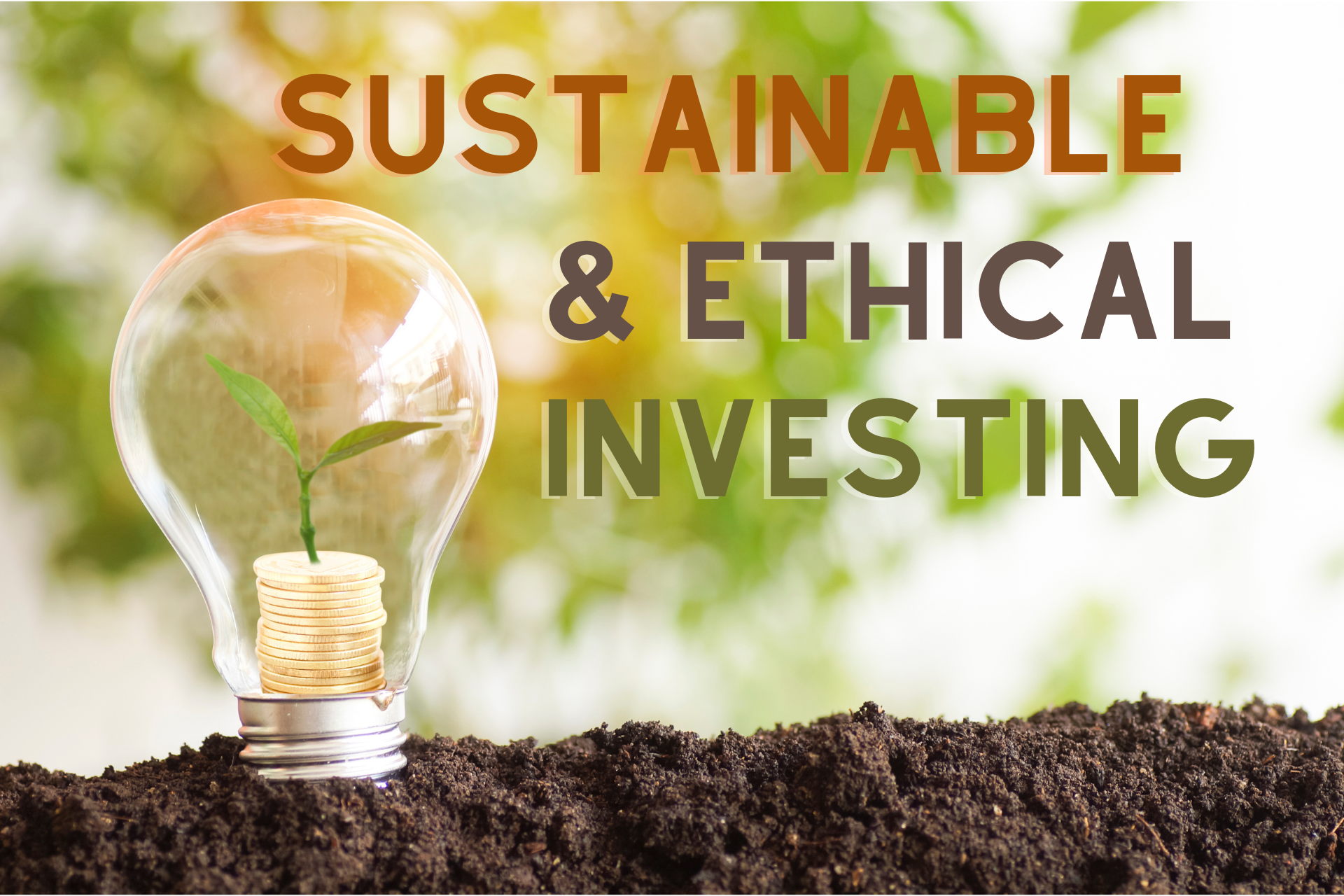A growing trend in global debt markets, Green Lending, continues to grow among American debt investors. Green Lending ties sustainability initiatives into loan products designed to entice and reward debtors who meet sustainability goals. The debtor’s sustainability goals are performance-based and include such things as lowering electricity and water usage, reducing landfill garbage, increasing recyclable raw materials in production, and initiatives to reduce their carbon emissions. Meeting these performance goals rewards the debtor with a reduction in the spread of their loan’s interest.
In some instances, the debt’s use is to implement sustainability initiatives in factories owned by the debtor. Being able to reduce their carbon footprint is usually advertised by these debtors, increasing their sales in a worldwide market that demands sustainability in the products they buy.
Who is the driving force behind corporate lending tied to sustainability? It’s the investors who are driving this change, not the lenders. According to Bloomberg, ‘Green Finance’ is now a $92 Trillion worldwide business and growing- per 2018 data. In the U.S., sustainable assets reached $12 Trillion in 2018; the 2019 numbers are still to be determined.
Money is gushing from investors into any investment labeled green or sustainable. In the past, sustainable and green was a description of a company’s products. Today it is descriptive of both the company’s stocks and debt. The debt markets continue to evolve by offering green debt, with rewards to the debtor, for their sustainability efforts.
Some investments are greener than others, while some offer sustainability in only one area, like electricity use reduction. In finance, there is no agreed-upon definition of what green truly is, but new sustainability standards issued in 2019 that global companies follow. However, it is the responsibility of the advisor and the investor to research the debtor’s use of the loan and its sustainability benefit before investing since not all ‘green notes’ will be within the standards.
If you have questions about green lending here in the U.S. or what companies are reducing their carbon footprint, feel free to reach out to me to discuss your interest in green lending.
2956585.1





